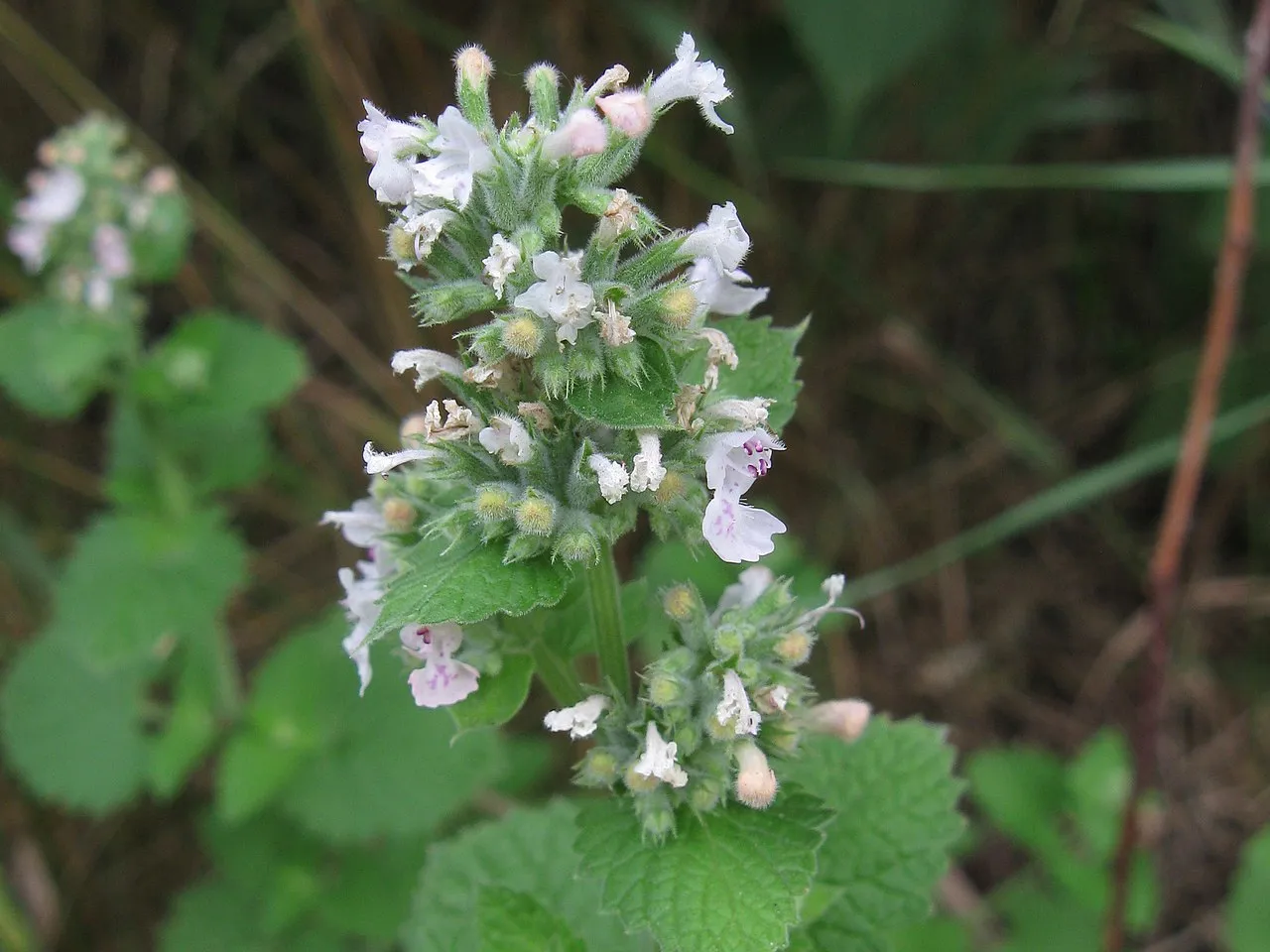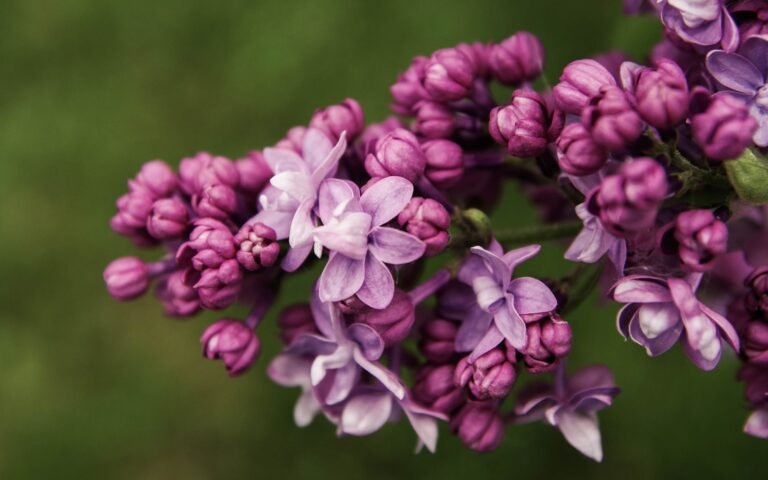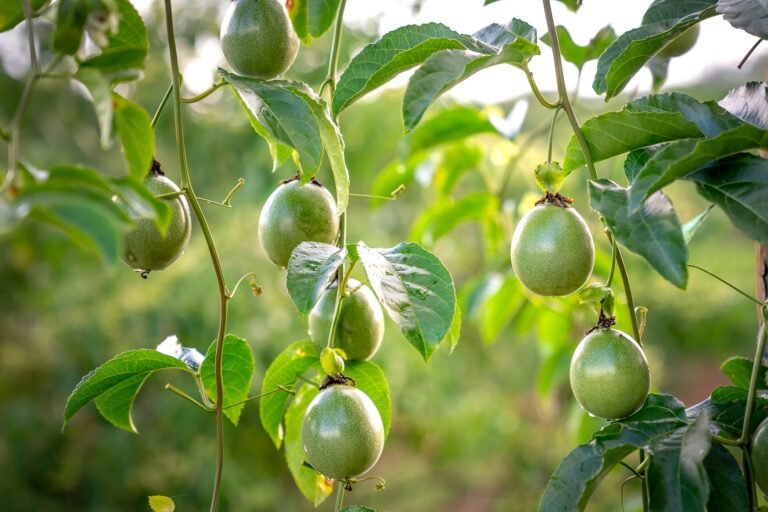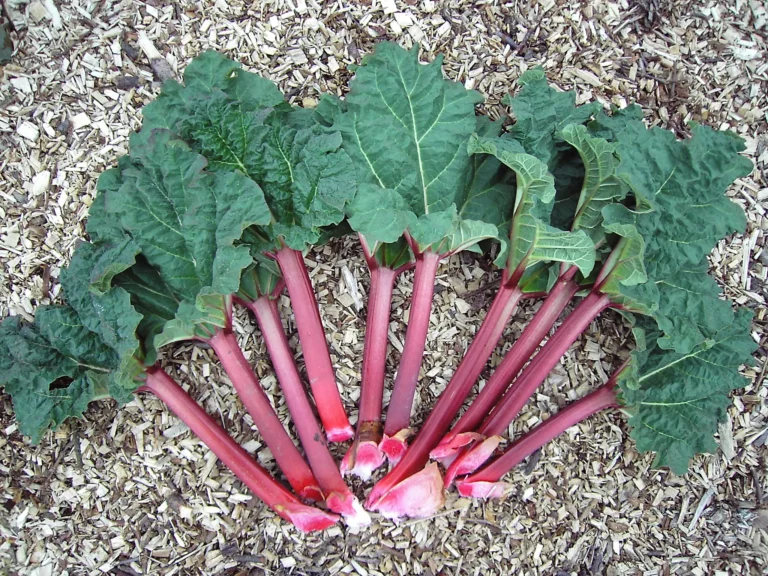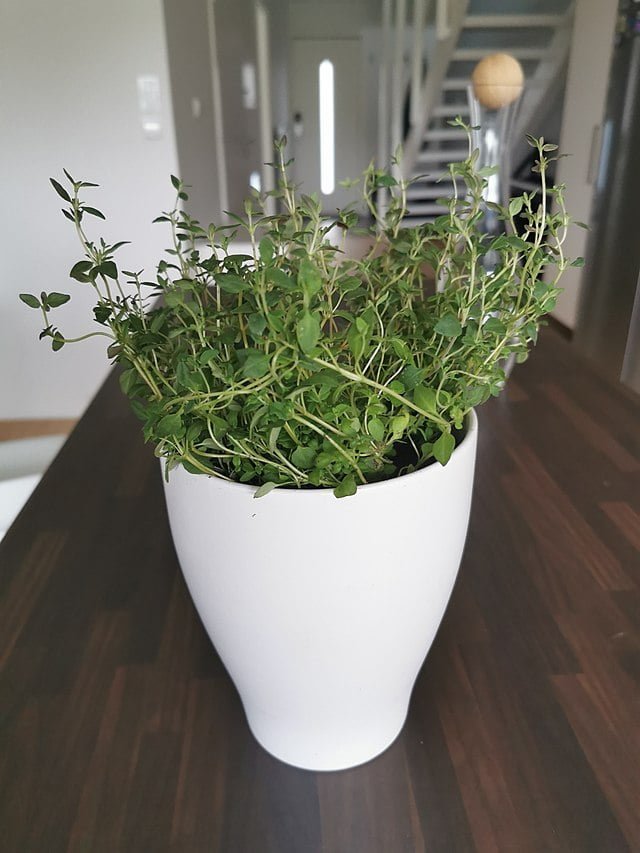Catnip: From Seed to Sprout to Spoiling Your Feline
Catnip (Nepeta cataria), a member of the mint family, is famed not only for its ability to delight felines but also for its use in herbal remedies for humans. With its fragrant leaves and white to lavender flowers, catnip is both a gardener’s ally and a pet’s dream. Whether you’re looking to spoil your cat or explore the herb’s culinary and medicinal applications, this comprehensive guide will walk you through the process of growing catnip successfully.
What is Catnip?
Catnip is a perennial herb native to Europe and Asia but has since become widespread across North America and beyond. It’s best known for the behavioural effects it has on cats, thanks to the compound nepetalactone, which can induce a state of euphoria in felines. For humans, catnip can be used to brew a soothing tea with mild sedative properties, making it a versatile plant for any garden.
How to Grow Catnip
Planting Catnip
- Timing: Plant catnip in the spring after the last frost has passed. You can start seeds indoors 4-6 weeks before the last frost date for an early start.
- Soil and Sunlight: Catnip prefers well-drained soil and will thrive in full sun to partial shade. It’s tolerant of poor soil conditions but benefits from the addition of organic matter.
- Sowing Seeds: Sow seeds 1/4 inch deep in the soil. Germination can take 7-10 days. Thin seedlings or transplant them to stand 18-20 inches apart to allow for mature growth.
Caring for Catnip Plants
- Watering: Catnip is drought-tolerant once established but will produce more lush growth with regular watering, especially in dry conditions.
- Feeding: Fertilize catnip sparingly, as too much fertilizer can reduce the potency of its aroma and flavour. A light application of a balanced organic fertilizer in the spring is sufficient.
- Pruning and Harvesting: Regularly harvesting or pruning the tips of catnip will encourage bushier growth. You can begin harvesting leaves as soon as the plant is established, usually a few months after planting.
Harvesting and Using Catnip
- When to Harvest: The best time to harvest catnip for maximum potency is just before or as the flowers start to bloom. Cut the entire plant if desired, or simply harvest leaves and flowers.
- Drying Catnip: Hang cut stems upside down in a cool, dry place out of direct sunlight. Once dried, strip the leaves and flowers from the stems and store them in an airtight container.
- Uses for Catnip: Beyond entertaining cats, dried catnip leaves can be used to make a relaxing tea for humans, added to salads, or used in homemade herbal remedies.
Catnip for Cats
To use catnip for your cat, simply sprinkle some dried catnip on their toys or bedding. A small amount is usually enough to stimulate a playful reaction. Not all cats are affected by catnip, as sensitivity to nepetalactone is hereditary, but for those that are, it can provide significant enjoyment.
Final Thoughts
Growing catnip is a simple and rewarding endeavour that benefits both your garden and your home. Whether you’re looking to entertain your feline friends, explore its uses in herbal teas, or enjoy its attractive flowers in your garden, catnip is a versatile herb that’s easy to love. By following the tips in this guide, you can enjoy the lush growth and delightful benefits of catnip throughout the growing season and beyond.

